Study in Fisheries Research presents a framework for fitting population dynamics models to monitoring data
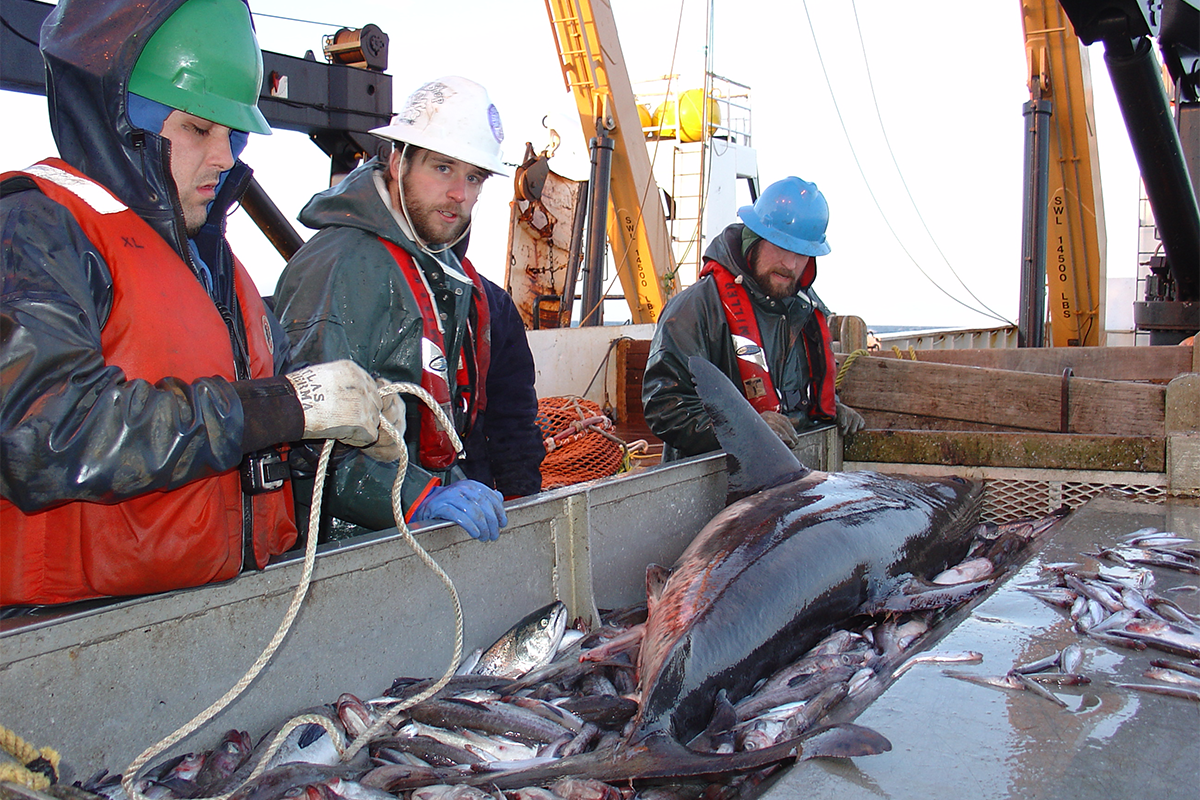
A good fisheries stock assessment can help provide unbiased estimates of current and historical biomass, or generate precise biomass estimates for use in harvest regulations.
Failing to produce accurate estimates of these and other parameters can significantly impact harvest control rules that determine limits on catches or fishing effort for specific fisheries, and also generate accurate parameters for operating models that are used to compare the performances of alternative harvest strategies.
Those are the conclusions of a study from the School of Aquatic and Fishery Sciences at the University of Washington (UW) and published in the May issue of Fisheries Research.
The study’s author argues that there is a need to integrate “good and best practices” when carrying out fishery stock assessments. The study presents a framework for stock assessment for fitting population dynamics models to monitoring data to support decision-making, which follows from what would be considered good (but not necessarily best) practices in the field.
The research also identifies current good and best practices to select a model structure, parameterizing growth, recruitment, natural mortality and the stock-recruitment relationship; it also addresses how to select among model configurations based on diagnostics and weight data based on the existing scientific literature.
“The ideal stock assessment would be able to estimate all of the key parameters related to population processes within a framework that assigns appropriate weight to the data, fits the data adequately, and captures all sources of uncertainty related to estimation, including model uncertainty, process uncertainty and observation uncertainty,” according to the study author, Prof. Andre Punt, a researcher affiliated with UW and the Commonwealth Scientific and Industrial Research Organization (Australia).
NOAA report shows ‘continued progress’ in U.S. fisheries management
Fisheries stock assessments form the quantitative basis to support decision-making, said Punt. These valuations are mainly used to generate estimates of stock status (biomass and fishing mortality), estimates of catch limits/effort that will realize management goals, often based on harvest regulations, and to establish the foundation for projections and management strategy evaluations.
The “ideal” stock assessment is based on a model of the population dynamics that effectively matches the reality of the system being modeled, capturing just the correct number of processes to support the generation of accurate and precise estimates. An ideal stock assessment could estimate all key parameters associated to natural mortality, recruitment, growth, selectivity and movement within a framework that allocates appropriate weight to the data, adequately fits the data and captures all uncertain estimation sources – including model, process and observation uncertainties.
Reality naturally seldom matches this ideal, Punt argues, and the aim of good and best practices is for stock assessments to get as close as possible to the ideal given the limitations of system understanding, data quality and quantity, and computational limitations.
Punt also said that best practices for other aspects of stock assessments are needed, such as the development of data collection systems; methods for summarizing basic monitoring data for use in assessments; defining and estimating reference points for forecasting (particularly considering climate change effects); how best to conduct reviews of stock assessments; and how to include stakeholders in the process to develop the models.
“The use of the method presented in this study would not be guaranteed to ensure that the resulting assessment outcomes are ‘correct’ but rather than the assessment has been conducted using current state-of-the-art good practices, and that are suitable to support management decision making as best as can be expected,” noted Punt.
Follow the Advocate on Twitter @GSA_Advocate
Now that you've reached the end of the article ...
… please consider supporting GSA’s mission to advance responsible seafood practices through education, advocacy and third-party assurances. The Advocate aims to document the evolution of responsible seafood practices and share the expansive knowledge of our vast network of contributors.
By becoming a Global Seafood Alliance member, you’re ensuring that all of the pre-competitive work we do through member benefits, resources and events can continue. Individual membership costs just $50 a year.
Not a GSA member? Join us.
Author
-

Darryl E. Jory
Editor Emeritus
Global Seafood Alliance[103,114,111,46,100,111,111,102,97,101,115,108,97,98,111,108,103,64,121,114,111,106,46,108,121,114,114,97,100]
Related Posts
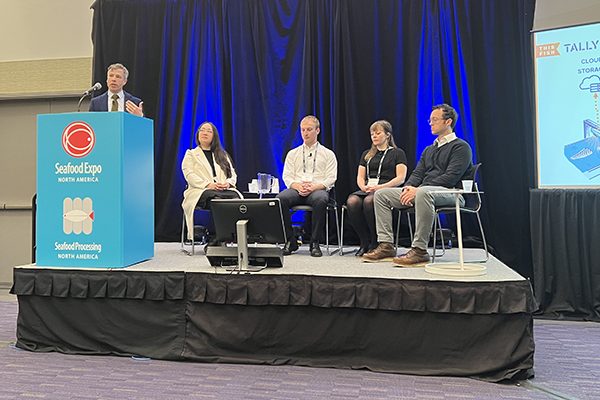
Intelligence
AI is becoming an ‘integral part’ of fisheries management and seafood processing
Artificial intelligence (AI) is playing a larger role in seafood, as data is at the heart of the so-called fourth industrial revolution.
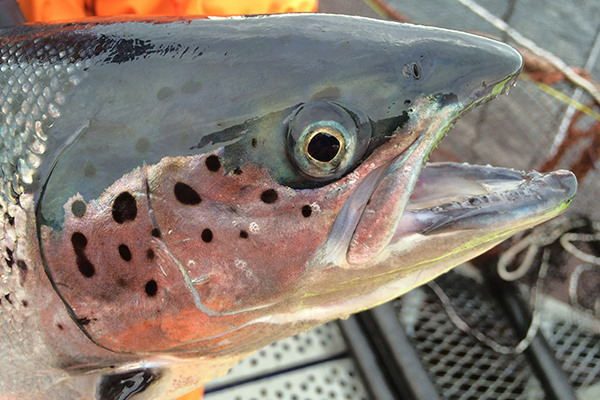
Intelligence
‘Salmon Wars’ book earns a thumbs-down rating from aquaculture and fishing groups
New book, “Salmon Wars, The Dark Underbelly of our Favorite Fish,” is garnering criticism for rehashing old or incorrect information.
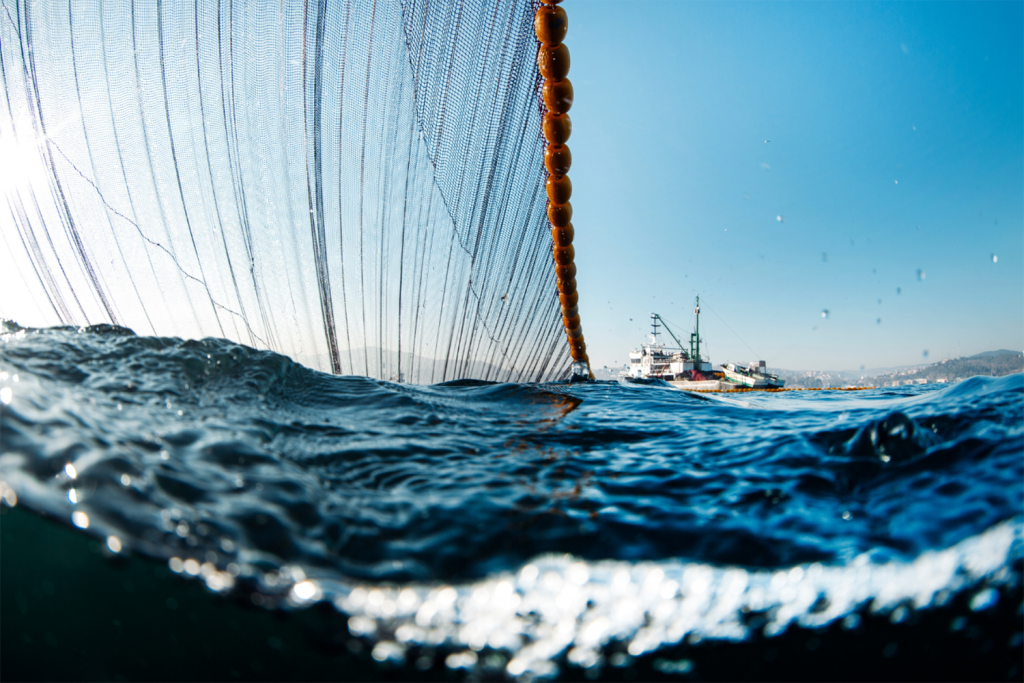
Fisheries
‘They need a good reason to stay’: How one coalition may break a decade of deadlock in the North Atlantic mackerel fishery
GOAL 2022: The North Atlantic Pelagic Advocacy Group, led by Dr. Tom Pickerell, is a finalist for GSA’s inaugural Global Fisheries Innovation Award.
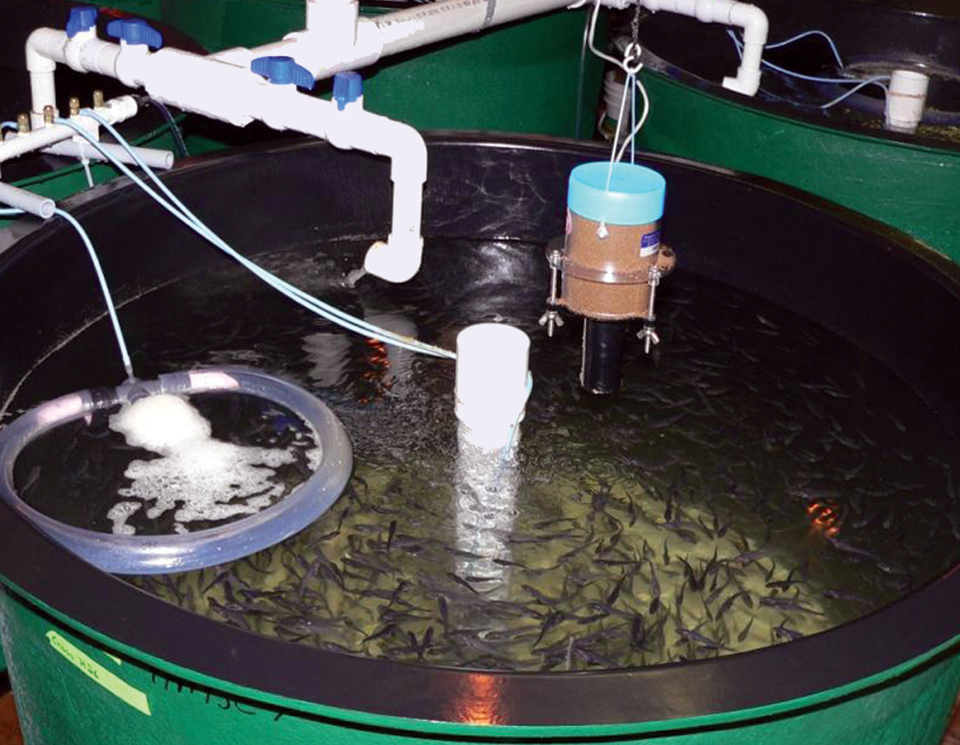
Health & Welfare
Atlantic cod genomics and broodstock development project
The Atlantic Cod Genomics and Broodstock Development Project has expanded the gene-related resources for the species in Canada.


